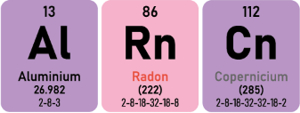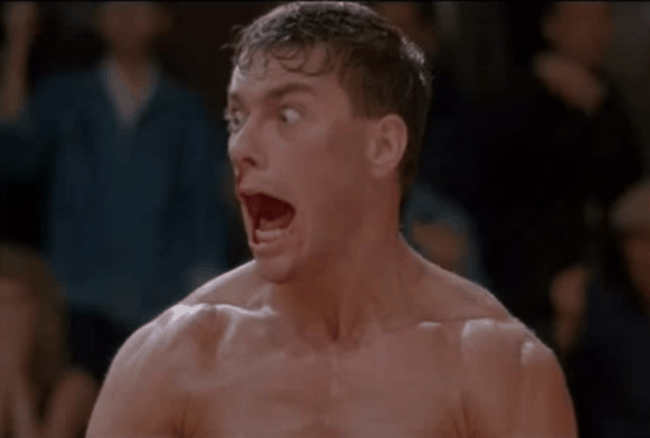Porn Discounts Sex Games Porn Games Juegos XXX Hentai Games PornStar Games 3D Porn Tantaly Sex Doll Cupsland Sextoy Live Cams
Live Sex Free Live Sex Free Sex Games Páginas Porno Rose Toy Free OnlyFans Celebrity Fappening Celebrity Sex Videos TikTok Porn Best OnlyFans
Live Sex Free Live Sex Free Sex Games Páginas Porno Rose Toy Free OnlyFans Celebrity Fappening Celebrity Sex Videos TikTok Porn Best OnlyFans
Published on 2021/03/01


AMATEUR MEAT: G-LECHUGA
Can you end up stuffed from eating boobs? I really don't know. In the hypothetical case where big tits would cause indigestion, I believe the tits of our next featured amateur lady would be very dangerous for your stomach.

INSTAGRAM OF THE DAY: LARSENTHOMPSON
Larsen Thompson
Next Models Worldwide
Actress, Artist, Dancer
John 3:17 🙏🏻

# Watch videos and photos
You can also follow us through our INSTAGRAM ACCOUNT
ExtraBall
Is it a boy or a girl?
ExtraBall2
(Clicking on these links daily you support ALRNCN's work. These are collaborations or sponsorships and, by visiting their sites, they like us even more)










PUSHING BUTTS
vikingo
About five months ago, I told you about Coby Persin, also known as The Stretch Master. Since I don’t want to repeat myself, it’s better if you check out what I shared with you that day for some context—justclick here
Here are three new videos that were shared in our Telegram community a while back. They’re worth watching just for how unusual they are. No words needed.

# Watch videos
ExtraBall
Your moment has finally arrived. Show them all you deserve their respect.
ExtraBall2
(Clicking on these links daily you support ALRNCN's work. They're collaborators or sponsors and, by visiting their sites, they like us even more)

























RECOMMENDED SITES
 Add your site
Add your site
- Motherless
- mybigtitsbabes
- BoobieBlog
- Babes & Bitches
- celeb-stalker.com
- Erotic Beauties
- drunkenstepfather
- Candid Teens
- Kanoni Net
 Add your site
Add your sitePorn Discount
💩 CrazyShit
🤪 eFukt
NudeChatGirls
👉🍑 Top XXX Pictures
Bingo Porno
Best Porn Blog Sites
Sex Games
Real Amateur Porn
MrPornGeek
CamBB.xxx
ChatSex.xxx
Comepollas
PornScn Free Porno
AI Girlfriend App

















RANDOM AI-GENERATED IMAGES VOL9
We don't know what's coming tomorrow, but what seemed impossible is already here. These digitally-generated images are so lifelike, it's hard to believe they were created by a machine. Faces and bodies pushing the boundaries of possibility, details capturing every nuance, and figures surpassing what's ordinary.
They’re not here to replace anyone—nothing will ever match the genuine magic of a real glance or the spontaneous chemistry when you're face-to-face. But the ease of producing these kinds of scenes will change the game: the simpler it gets to generate ideal fantasies, the more we'll appreciate genuine authenticity.
And this is just the beginning.

# View Images
ExtraBall
Your face looks familiar.
ExtraBall2
(Clicking on these links daily you support ALRNCN's work. They're collaborators or sponsors and, by visiting their sites, they like us even more)











THE INSTAGRAM OF THE DAY: PAIGEUNCAGED
Paige Woolen
◡̈

# View photos
You can also follow us on our INSTAGRAM ACCOUNT
ExtraBall
I think they did it on purpose. I have no proof, but I have no doubts either.
ExtraBall2
(Clicking on these links daily you support ALRNCN's work. They're collaborators or sponsors and, by visiting their sites, they like us even more)












Contact
You can tell us whatever you want via email: [email protected]
If you prefer, you can use this contact form:
If you prefer, you can use this contact form:






CARIBBEAN PIRATES
The real Caribbean pirates were a whole different breed than the Hollywood kind—though just as savage. They ruled the seas between the 17th and 18th centuries, especially around the Gulf of Mexico, the Antilles, and the northern coast of South America. These guys were rogue sailors, ex-soldiers, or just hustlers who saw piracy as a fast (and seriously dangerous) way to get rich.
They attacked ships loaded with gold, silver, rum, sugar, and anything valuable coming from the American colonies to Europe. Some worked solo, but many were privateers—basically pirates with government permission to rob enemy ships.
Bartholomew "Blackbeard" (Edward Teach) was one of the most feared. He tied smoking fuses into his beard to look even scarier. With smoke pouring from his face, he looked more like a demon from hell than a Disney pirate.
Anne Bonny and Mary Read disguised themselves as men to join pirate crews. They fought like anyone else and didn’t mess around. And Calico Jack became known for his iconic flag (the classic skull with crossed swords) and for sailing alongside Anne and Mary. Spoiler: he ended up hanging by the neck.
The pirate life was brutal. Scurvy, betrayals, brawls, rotten food, and no showers in sight. But there was also a kind of pirate democracy—they voted for their captain, split the loot fairly, and had their own rules, including punishing crew members who stole from each other.
Once they started hitting ships without caring about flags, the major European powers got fed up and hunted them down almost to extinction by the early 18th century.
# View images
ExtraBall by david
Training both body and mind.

ExtraBall2
(Clicking on these links daily you support ALRNCN's work. They're collaborators or sponsors and, by visiting their sites, they like us even more)










AI IS FINDING YOU A GIRLFRIEND
Matchmakers were women who specialized in arranging marriages, acting as intermediaries between families to find suitable partners. Their role was crucial in many cultures throughout history, especially in societies where arranged marriages prioritized social, economic, and familial compatibility over romantic love.
Across different eras and regions, these women had specific names:
- In medieval and Renaissance Europe, they were known as matchmakers or celestinas, like the character in La Celestina by Fernando de Rojas.
- In China, the "Mei Po" (媒婆) played a key role in arranged marriage traditions.
- In Russia and Eastern Europe, "svakha" were women specialized in finding partners for young people.
- In the Jewish tradition, "shadchanim" were professional matchmakers responsible for arranging marriages within the community.
Now, let’s ask AI to find you a girlfriend—let’s see what it comes up with and if you like any of the options.

# View Images
ExtraBall
Bloopers.
ExtraBall2
(Clicking on these links daily you support ALRNCN's work. They're collaborators or sponsors and, by visiting their sites, they like us even more)





































